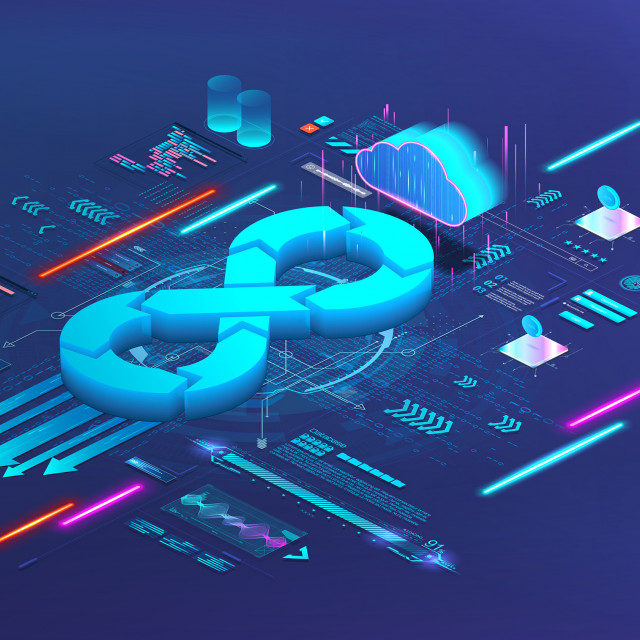Sophisticated architectures for your optimal IT solution
Depending on the task and project phase, different architectures are in focus for a project. For example, the conceptual architecture developed in the analysis phase focuses on the business. What business objects are there? How do they relate to each other and what cardinalities exist? Only then can the functional requirements be formulated clearly.
The other architectures are essentially determined by the non-functional requirements: The design architecture defines design patterns for the topology of the solution. Based on this, the technologies to be used are determined in the implementation architecture. The runtime architecture defines the operational environment (server, cloud, etc.), its design and the distribution of the components on it.
The result is future-proof, component-oriented IT solutions that are characterized by properties such as distributability, scalability, fail-safety, expandability and interoperability with open interfaces.
We take a holistic view of your IT system landscape and make it fit for the future

IT structures that have grown over the years present many companies with major challenges: The expandability and maintainability of these systems quickly reach their limits. Often, the systems, also known as legacy software, lack the flexibility to expand them in a future-proof manner and to ensure the required reliability. However, a comprehensive renewal of the entire IT landscape is often not an option for economic and technical reasons. Instead, new systems must be able to be integrated into the existing IT landscape and provide a high degree of flexibility at the various levels. To achieve this flexibility, we consider a number of criteria for the architecture of an IT solution.
Despite increasingly powerful hardware, we pay attention to high resource efficiency during development in order to make optimum use of RAM, CPU and network components. Efficient algorithms for searching, sorting, linking and enriching information also contribute to this. Our developers therefore also focus their attention on the good interaction of the algorithms and the appropriate representation of the data structure. This is the only way to obtain efficient algorithms that can cope with future tasks. It is worth the effort, because a good algorithmic idea and its efficient implementation are usually more rewarding than pure computing power. Efficient algorithms form a unit together with the suitable data structure.
